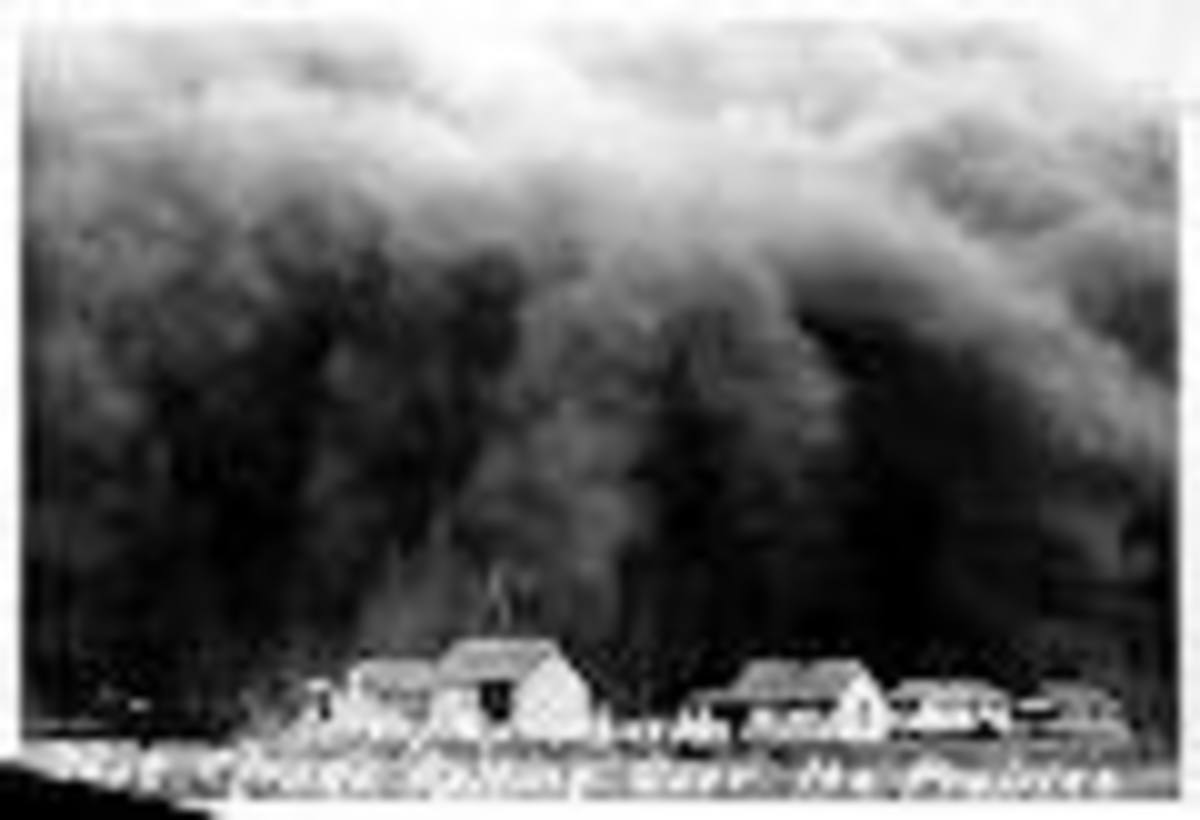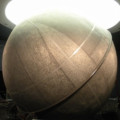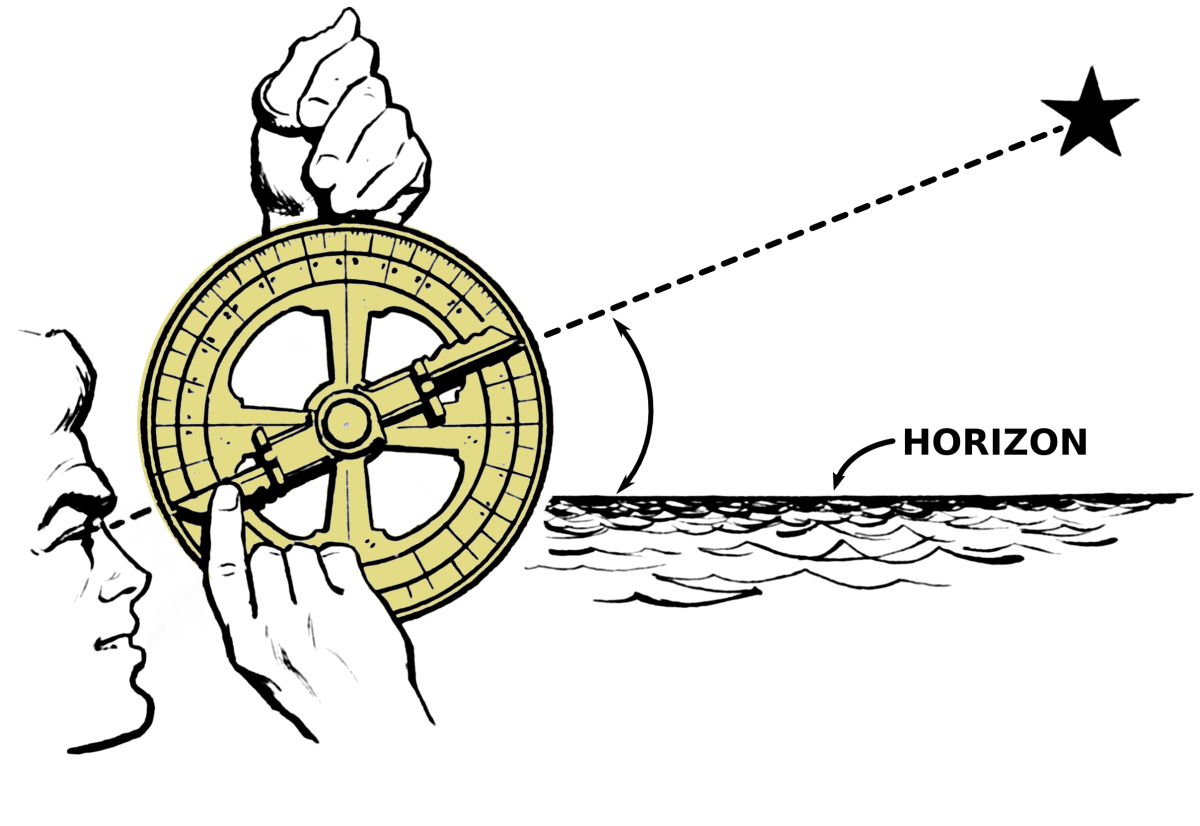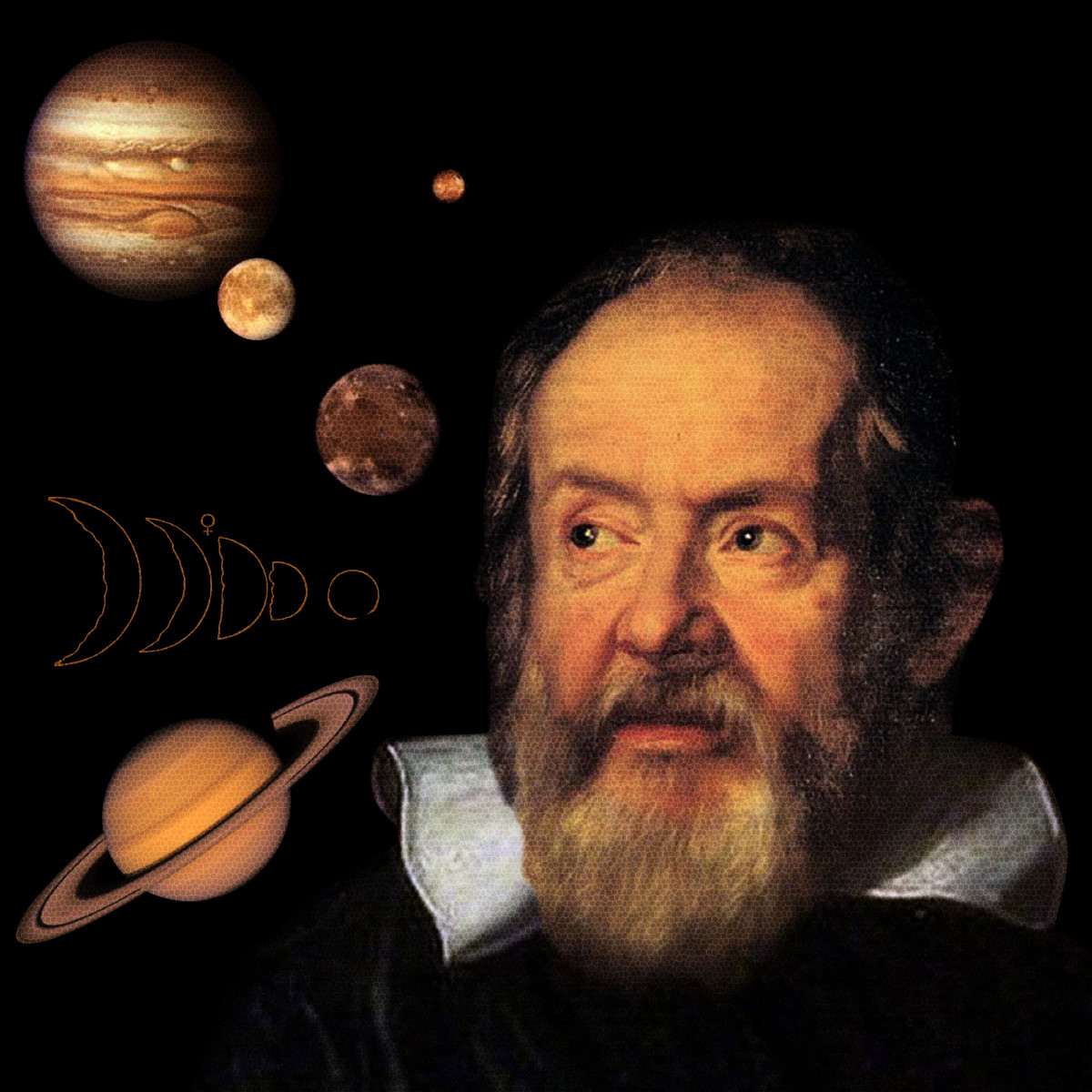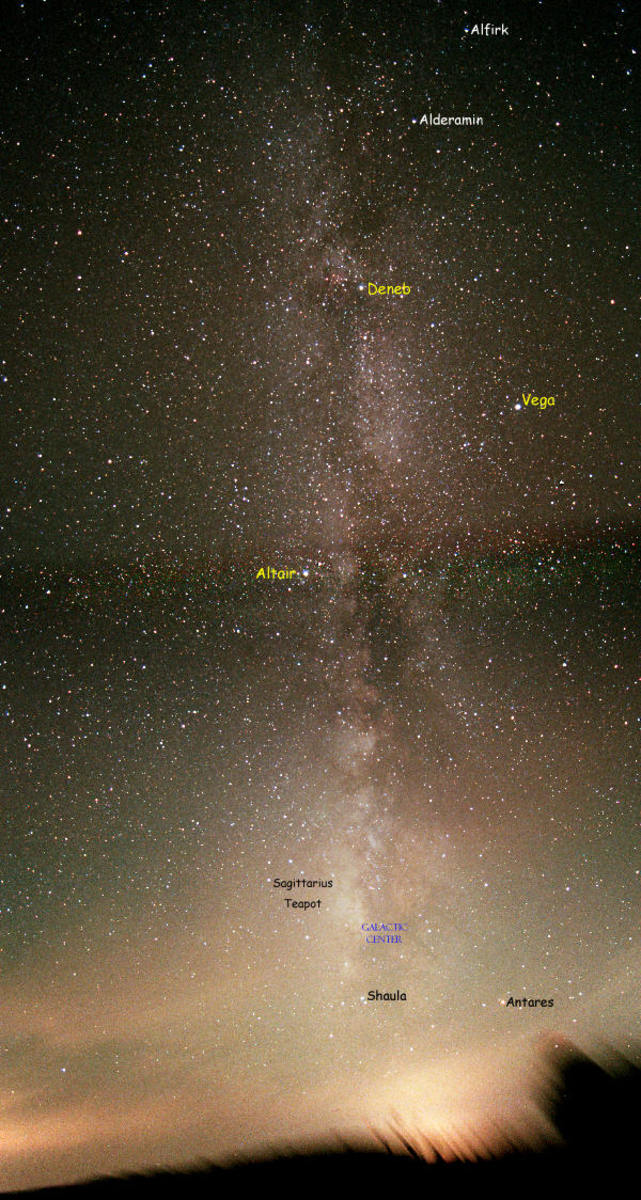History of learning about the sun in space
The modern theory of why the stars. including the Sun. shine was worked out by a scientist doodling on a piece of paper during a railway journey. In 1938 the German-born US physicist Hans Bethe was returning to Cornell University by train after attending a conference in Washington.
Musing on the nature of the furnace at the heart of any star. he started scribbling on a sheet of paper-and before the end of the journey he had worked out the nuclear reaction which makes a star shine. Hydrogen deep in the core, he realised, was converted to helium, using carbon and nitrogen as catalysts. Bethe's rail-trip calculations helped to win him the Nobel prize for physics in 1967.
SPOTTING THE SUNSPOTS The ll-year cycle of sunspots - giant magnetic disturbances which affect the weather and radio transmissions on Earth - was discovered accidentally by a German pharmacist and amateur astronomer. Heinrich Schwabe (1789-1875) began studying the Sun because he was searching for a planet that was thought to lie within the orbit of Mercury.
Schwabe hoped to spot the planet as it passed across the Sun. But while watching fruitlessly for the planet (now known to be non-existent) he became interested in the dark spots which appear and disappear periodically on the Sun's brilliant surface. He began sketching the spots and kept on doing it every sunny day for 17 years. By 1843 he had worked out their pattern: the number of spots reached a maximum about every 11 years, coinciding exactly with the periods when the aurora borealis and the aurora australis (the Northern and Southern lights) were most often visible.
Other effects, such as weather patterns and radio interference, have since been shown to follow the same 11- year cycle. The last sunspot peak was in 1980.
BRIGHTER THAN WHITE
The solar storms known as sunspots. which can be several times larger than the entire Earth. appear to be darker than the rest of the Sun's surface only because their temperatures. at about 4000·C are at least 1000·C (1800·F) lower than that of the surrounding surface or 'photosphere'. If a sunspot could be seen shining on its own, its surface brightness would be greater than that of a nearby arc-lamp.
LINES OF GENIUS
Joseph von Fraunhofer (1787-1826). the German optician who made it possible for scientists to discover the composition of the stars, owed his success to a disaster: the collapse of the building where he lived. The son of a poor but talented lens-maker, Fraunhofer was orphaned as a child and apprenticed to an apothecary in Munich. the capital of Bavaria.
His employer treated him terribly, making his life a misery of semi-starvation and overwork. Fraunhofer was only 14 when the rickety tenement he lived in collapsed. During the rescue operation, the Elector of Bavaria. Charles Theodore, came to watch.
Fraunhofer was the only survivor and, moved by his plight. the Elector provided enough money to buy him out of the apprenticeship and put him through school. Later. Fraunhofer joined the staff of the Munich Optical Institute. It was while testing a prism in 1814 that Fraunhofer became fascinated by the spectral lines now known as Fraunhofer lines after him.
When sunlight is broken up into the familiar colours of the rainbow. the spectrum also contains a number of dark lines. These lines had been spotted in 1802 by an English scientist, William Wollaston. But Wollaston had thought they were merely boundaries between the bands of colour and so had ignored them. Fraunhofer realised that the lines were permanent. and significant. though he did not know why: he went on to plot more than 574 of them. There are now known to be about 25,000 lines in the Sun's spectrum, and similar lines appear in the spectra of other stars.
The significance of the lines was worked out after Fraunhofer's death by two other German scientists. Gustav Kirchhoff (1824-87) and Robert Bunsen (1811- 99). inventor of the Bunsen burner. They solved the problem in 1860 when they found that the position of the lines in the spectrum corresponded exactly to the position of lines in the spectra created by heating certain elements to incandescence in the laboratory. The lines thus gave a direct indication of which elements were present. and so enabled Kirchhoff. Bunsen and later scientists to analyse the chemical composition of the Sun and the stars.

